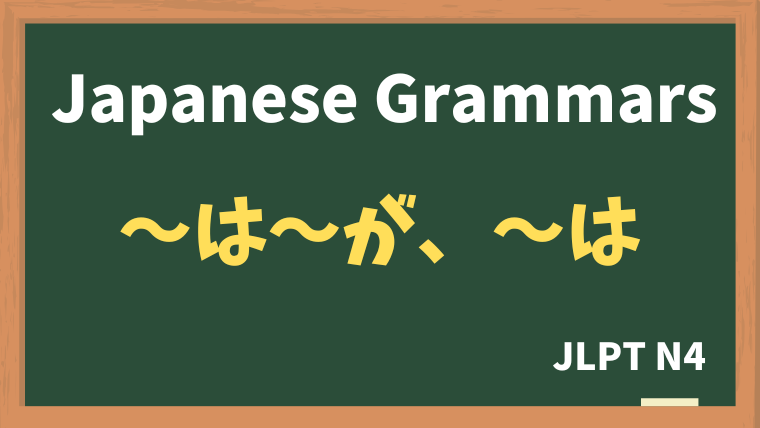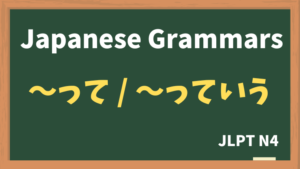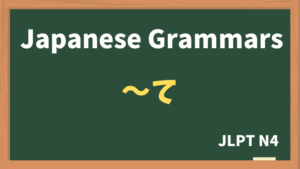
Explanation:〜は〜が、〜は
fa-check-circleMeaning
The structure "〜は〜が、〜は" is used to draw a comparison or contrast between two topics, often highlighting differences in qualities, conditions, or perspectives. This construction can be translated as "while...," "although...," or simply presented in English as contrasting statements. It’s commonly used in both spoken and written Japanese to clearly outline differences between two subjects.
fa-check-circleForm
Topic A + は + Descriptor A + が、Topic B + は + Descriptor B
fa-check-circlePoints
- Expressing Contrast: The structure is used to set up a comparison, contrasting characteristics or conditions between two subjects.
- Balanced Structure: The use of "は" (topic marker) before each subject provides a balanced comparison, making it clear which topics are being contrasted.
- Subtle or Explicit Difference: This structure can be used to show either subtle nuances or clear contrasts between two things, often within the same context.
fa-check-circleJLPT Level
N4
Sample sentenes
甘いものは 好きですが、辛いものは 苦手です。
I like sweet foods, but I’m not good with spicy foods.
兄は 料理が 上手ですが、私は 全くできません。
My older brother is good at cooking, but I can’t do it at all.
日本語の 会話練習は 好きですが、漢字の 練習は きらいです。
I enjoy practicing Japanese conversation, but I don't like studying kanji.
日本に 来てから 京都へは 行きましたが、東京へは まだ 行っていません。
I've been to Kyoto since I came to Japan, but I haven't been to Tokyo yet.
英語は わかりますが、中国語は わかりません。
I understand English, but I don't understand Chinese.
犬は 好きですが、猫は あまり 好きじゃありません。
I like dogs, but I don't really like cats.
Vocabulary
| Japanese | English | |
| 会話 | かいわ | conversation |






